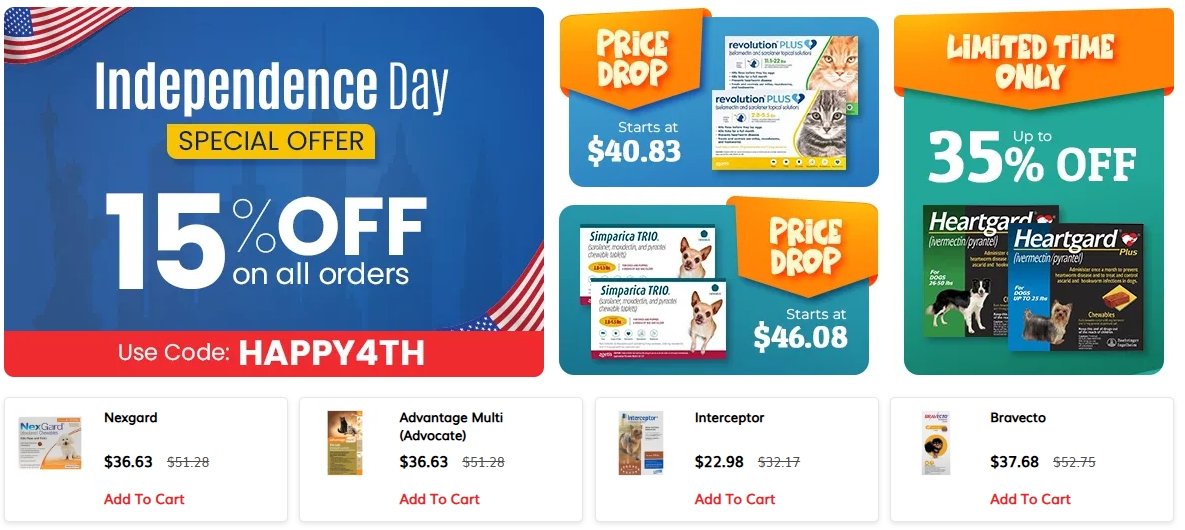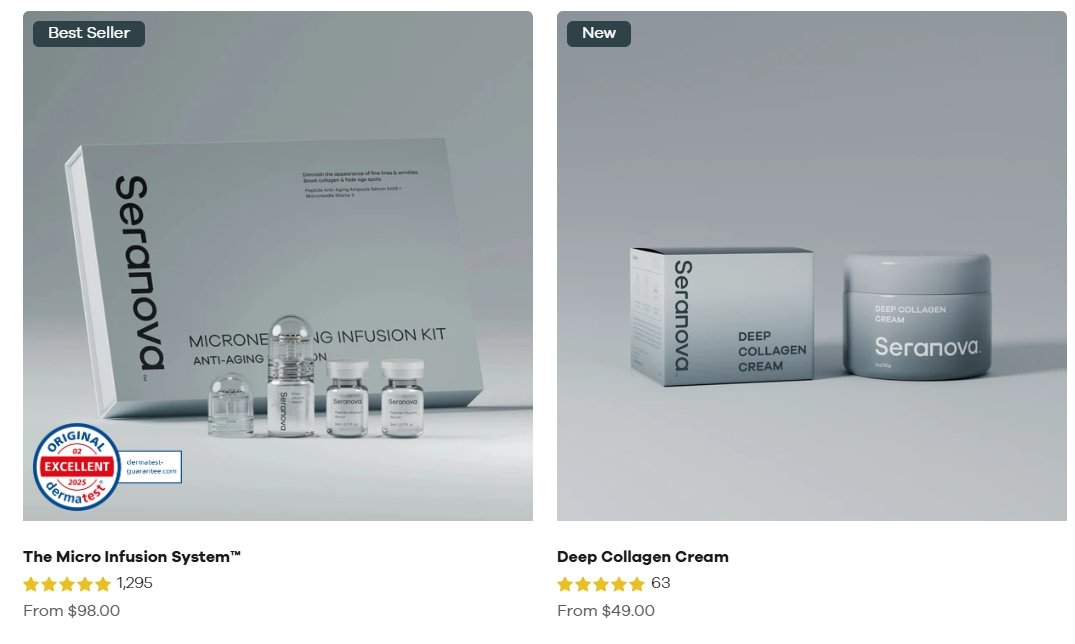In the ever-evolving landscape of rideshare driving, Uber’s latest initiative, the Active Time Boost+ promotion, emerges as a strategic effort to enhance driver earnings and optimize service efficiency. This program shifts the traditional focus from per-trip incentives to rewarding drivers for their active engagement on the platform, particularly during high-demand periods.
Understanding Active Time Boost+
Active Time Boost+ is designed to compensate drivers for the time they spend actively engaged with the Uber app—specifically, the periods when they are en route to pick up passengers or transporting them to their destinations. Unlike previous models that primarily offered bonuses based on the number of trips completed or distance covered, this promotion emphasizes the value of drivers’ active time on the road.
For instance, if a driver is operating during a designated Boost+ period with an additional earning rate of $10 per hour, they would receive this bonus proportionally based on their active minutes. This approach aims to provide a more consistent and predictable earning opportunity, aligning driver availability with peak rider demand.QuerySprout
Operational Mechanics
The Boost+ promotion is typically activated during times and in areas of anticipated high demand. Drivers receive in-app notifications detailing the specific zones and time frames where the promotion is active. These areas are often highlighted on the driver’s map, allowing for strategic planning to maximize earnings.
Participation requires drivers to opt into the promotion through the Opportunities section of the Uber Driver app, often needing to sign up at least an hour before the Boost+ session begins. This system not only incentivizes drivers to be present during critical periods but also assists Uber in managing supply to meet rider demand effectively.The Rideshare Guy+3Uber+3Uber+3
Advantages for Drivers
The Active Time Boost+ offers several benefits:
- Enhanced Earnings: By focusing on active time, drivers can potentially increase their income, especially during short trips that might not be lucrative under traditional fare structures.
- Reduced Idle Time: Encouraging drivers to operate in high-demand areas during peak times can lead to more consistent ride requests, minimizing periods of inactivity.
- Strategic Flexibility: With clear information on when and where Boost+ is active, drivers can plan their schedules to align with these opportunities, optimizing their work hours for better profitability.
Considerations and Challenges
While the promotion presents promising prospects, there are factors drivers should consider:
- Area Saturation: The allure of additional earnings may lead to an influx of drivers in Boost+ zones, potentially increasing competition and reducing the individual benefit.
- Regional Disparities: Drivers in less populated or rural areas might find fewer opportunities to participate in Boost+, leading to unequal earning potentials across different regions.
- Complexity in Earnings Calculation: The varying rates and conditions of Boost+ promotions can add complexity to tracking and predicting earnings, requiring drivers to stay informed and adaptable.
Strategic Implications
Uber’s implementation of Active Time Boost+ reflects a broader strategy to fine-tune the balance between driver supply and rider demand. By incentivizing active participation during peak times, Uber aims to enhance service reliability for riders while offering drivers a more structured earning opportunity.
However, the success of such promotions depends on careful calibration to ensure that they provide tangible benefits to drivers without leading to oversaturation or diminishing returns. Continuous feedback and adjustments will be crucial in maintaining the effectiveness and fairness of the program.
Conclusion
Active Time Boost+ represents a significant shift in Uber’s approach to driver incentives, focusing on the value of active engagement rather than solely on completed trips. For drivers, this offers a potential avenue to increase earnings through strategic planning and responsiveness to demand patterns. As the rideshare industry continues to evolve, such innovations will play a key role in shaping the dynamics between platforms and their driver partners.


